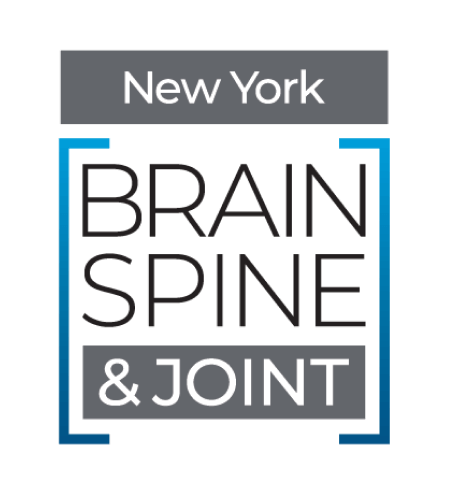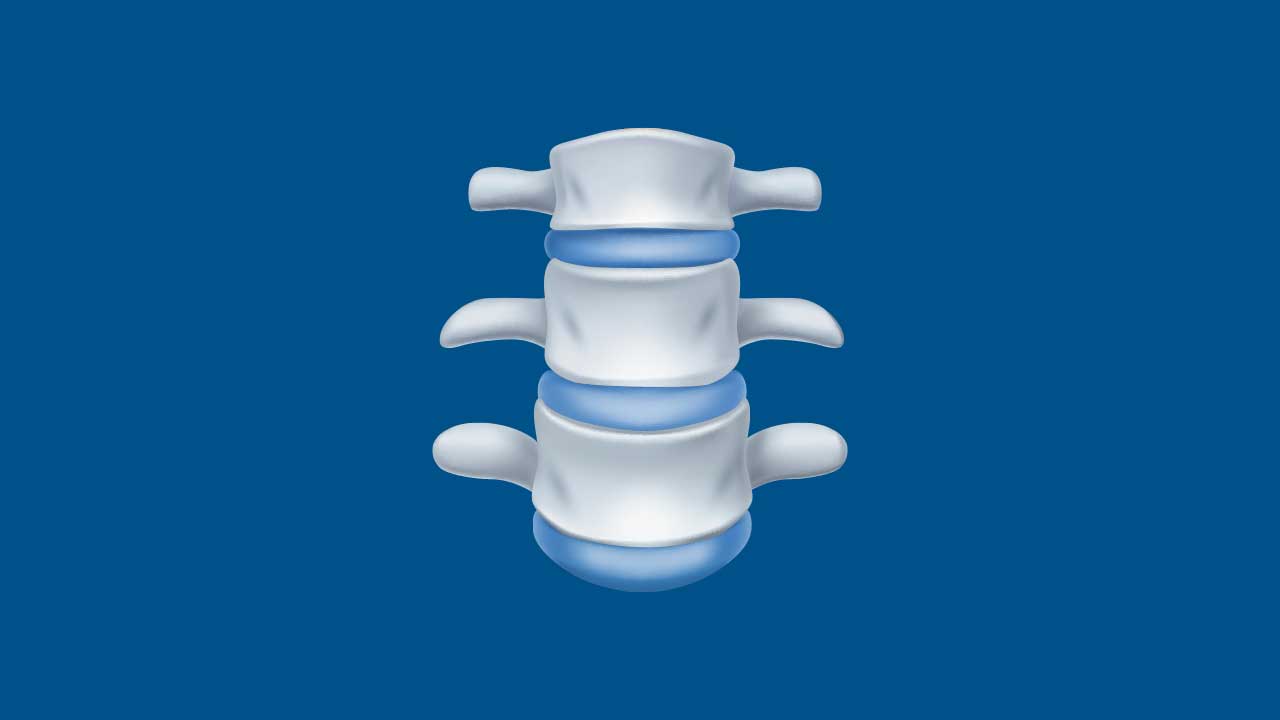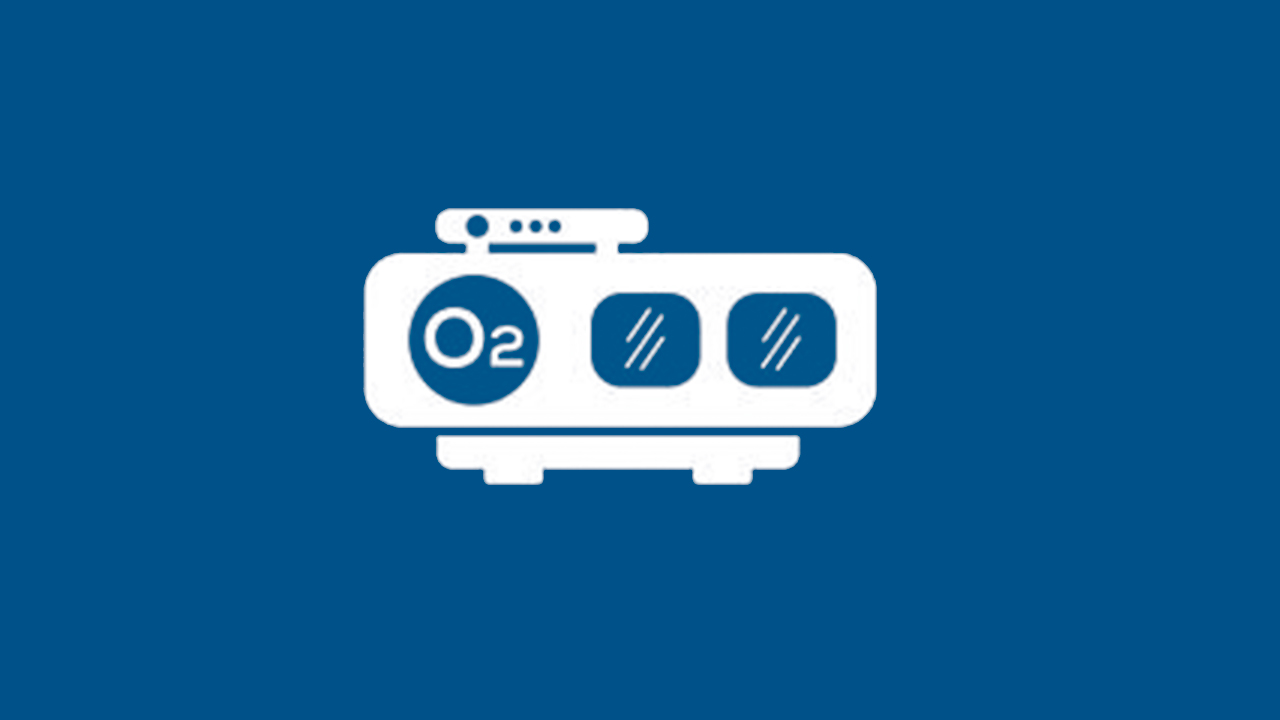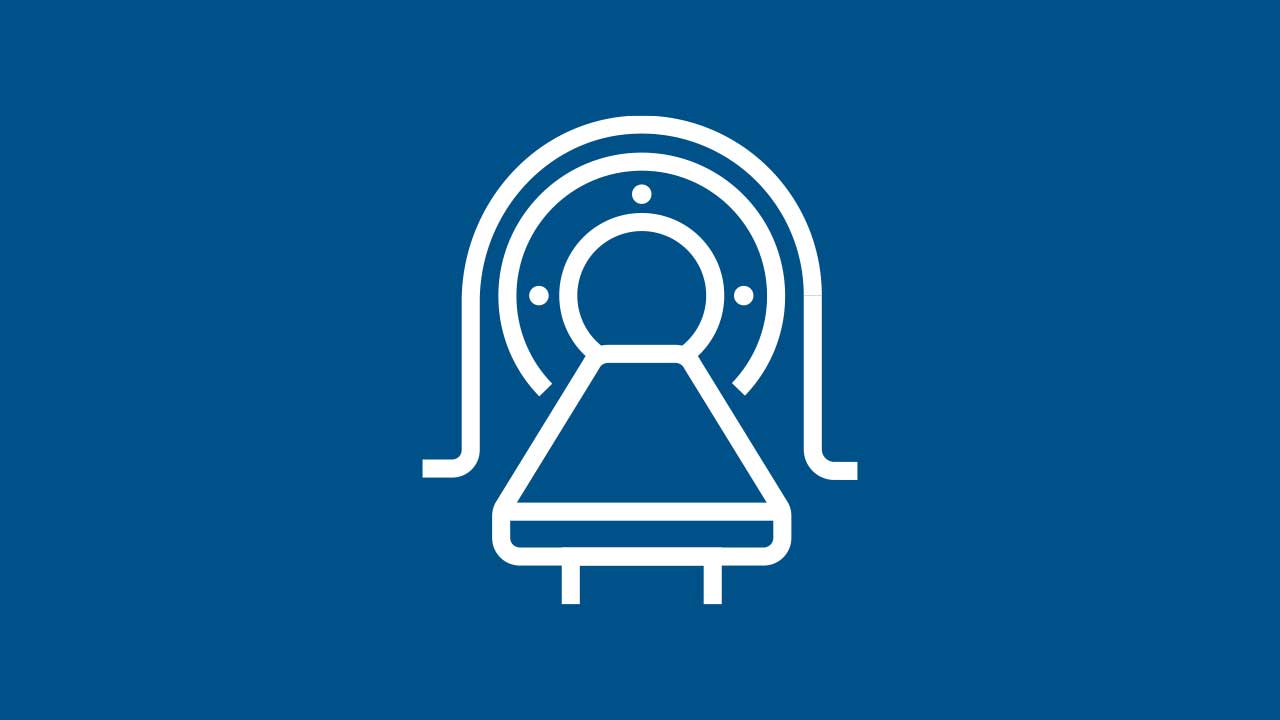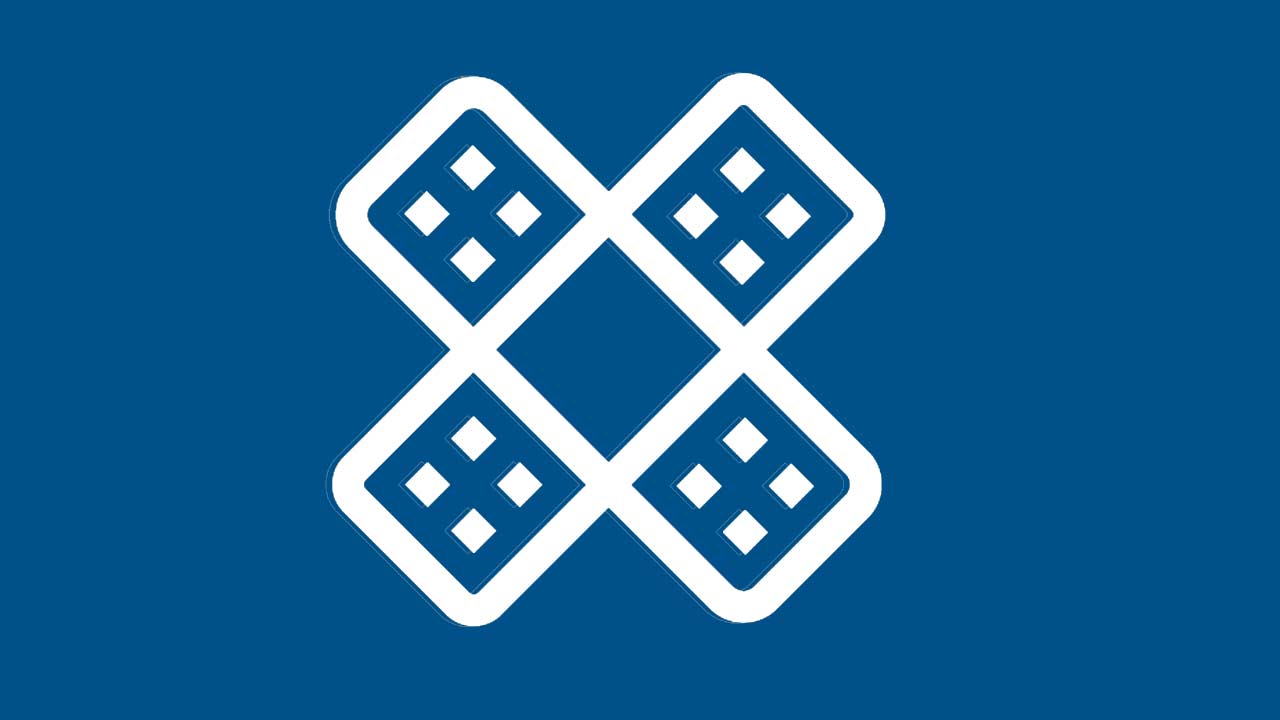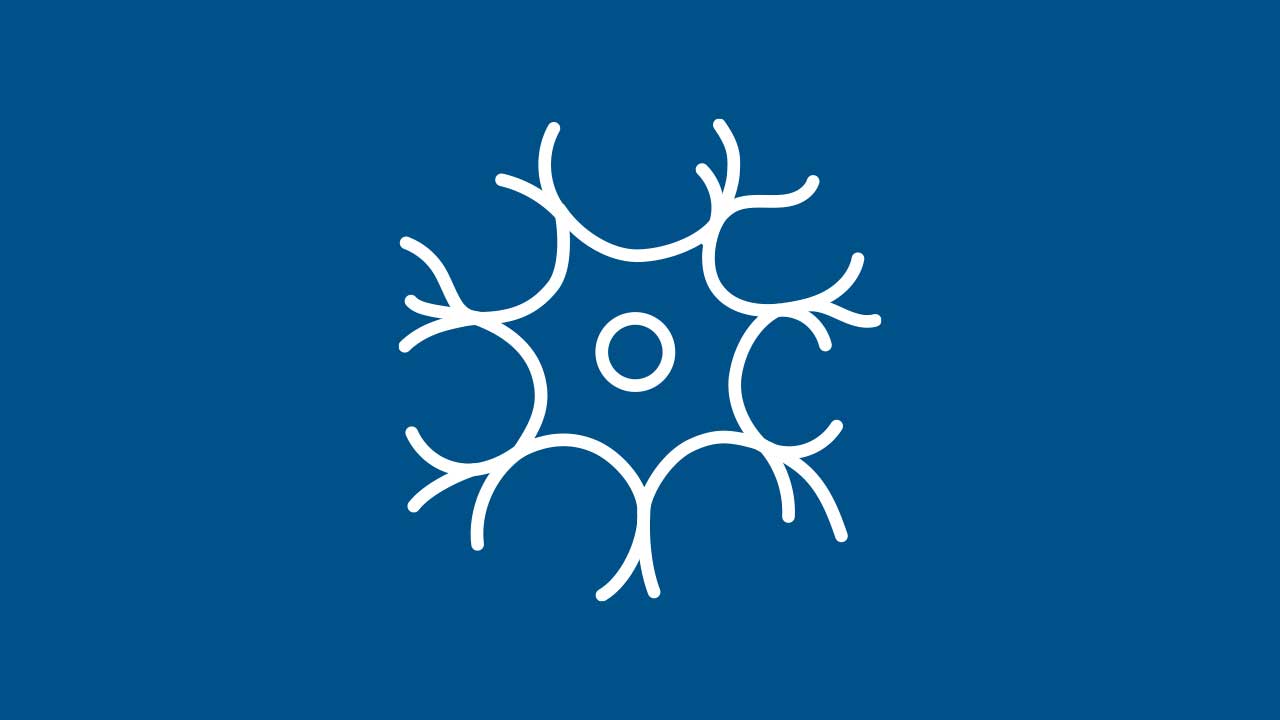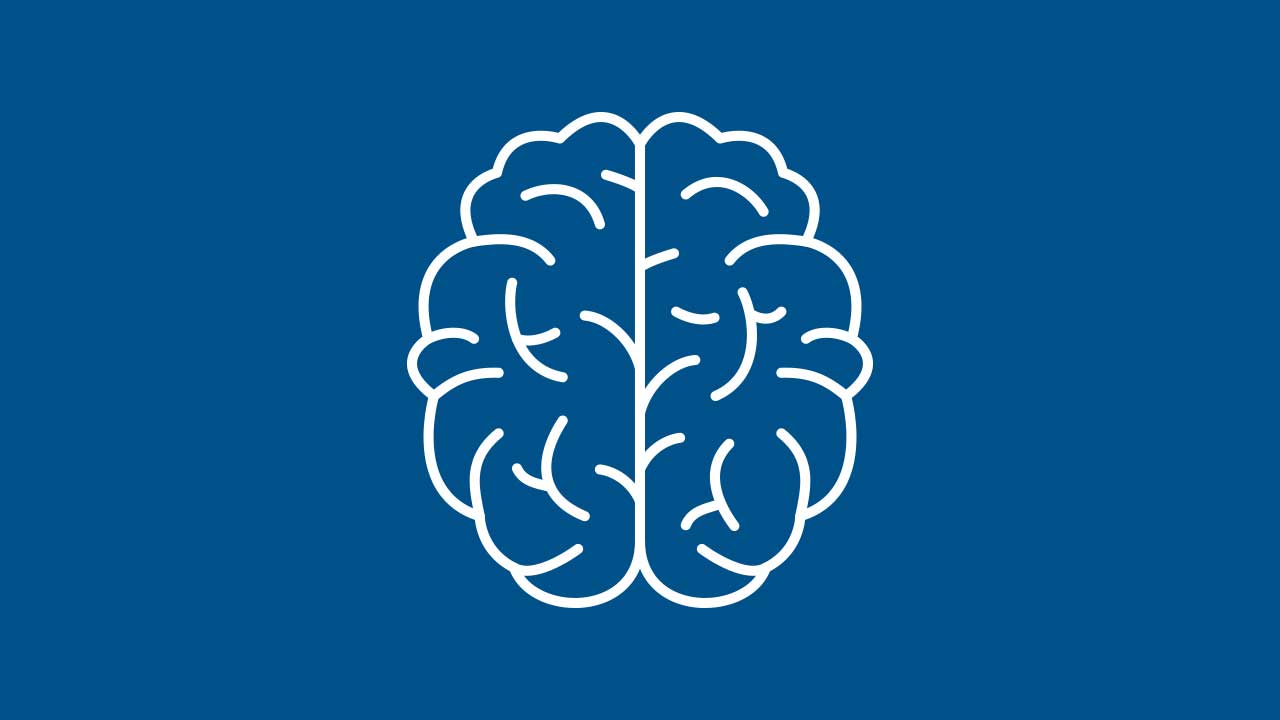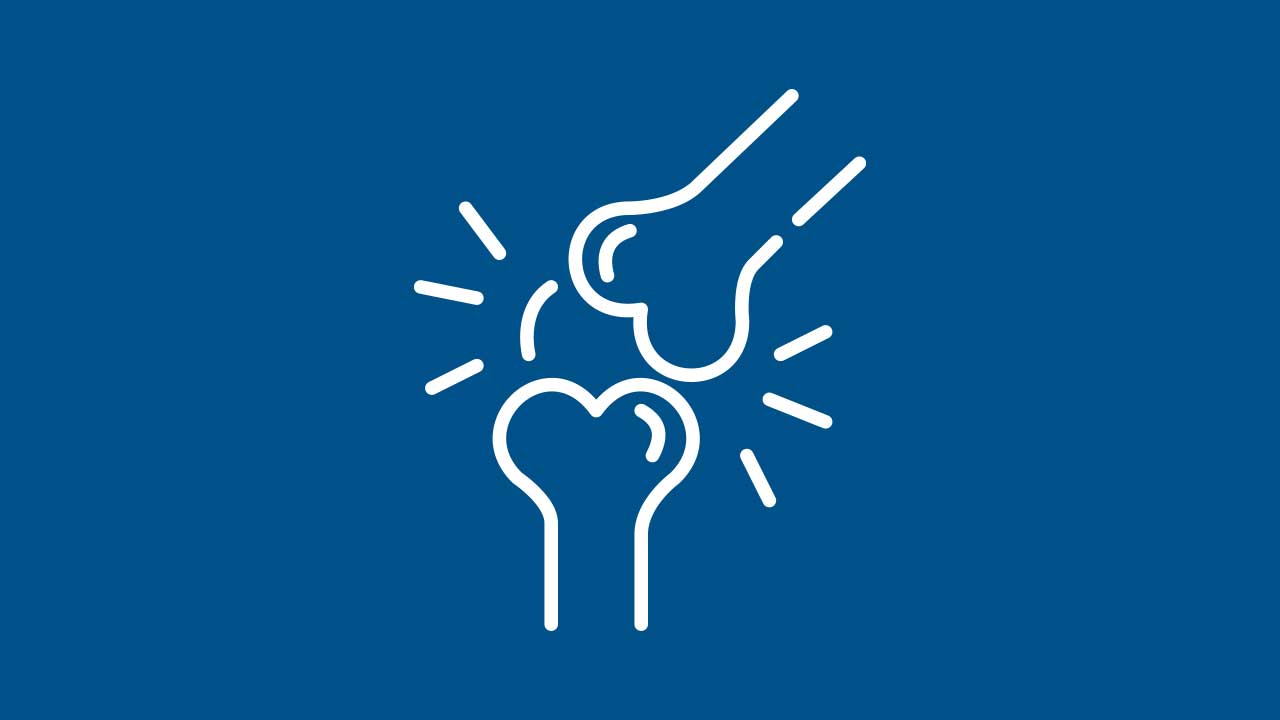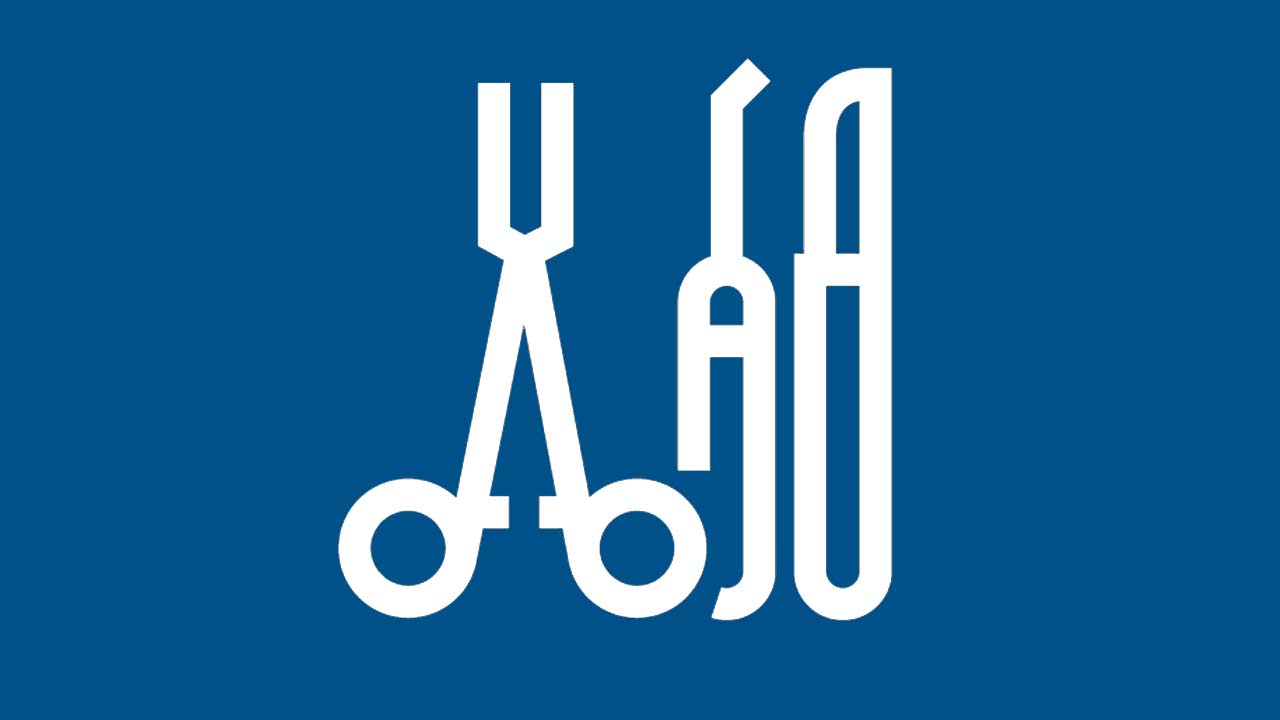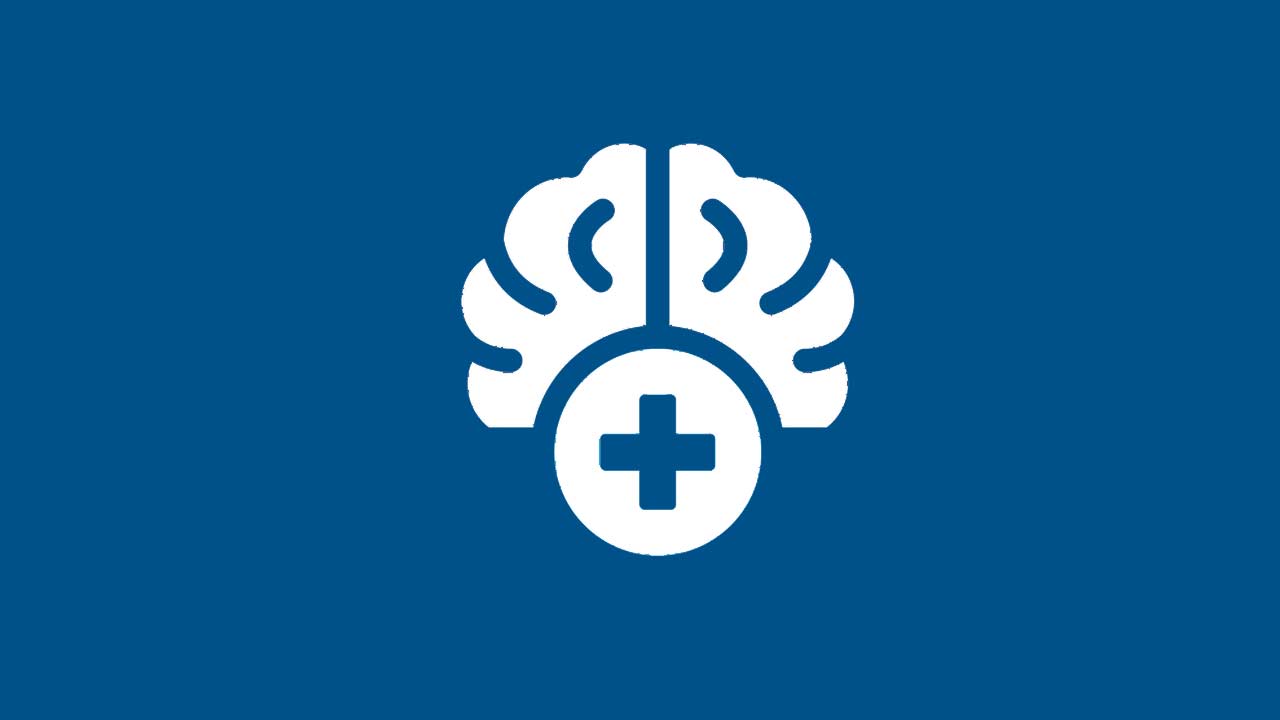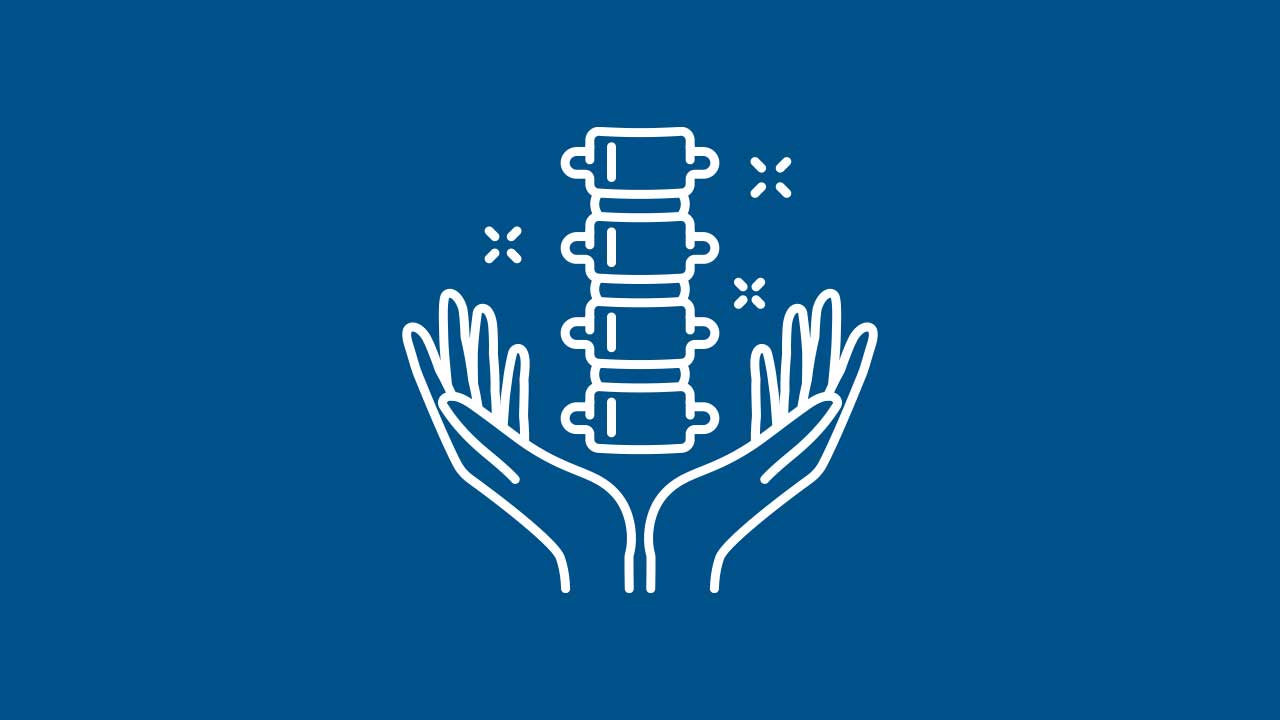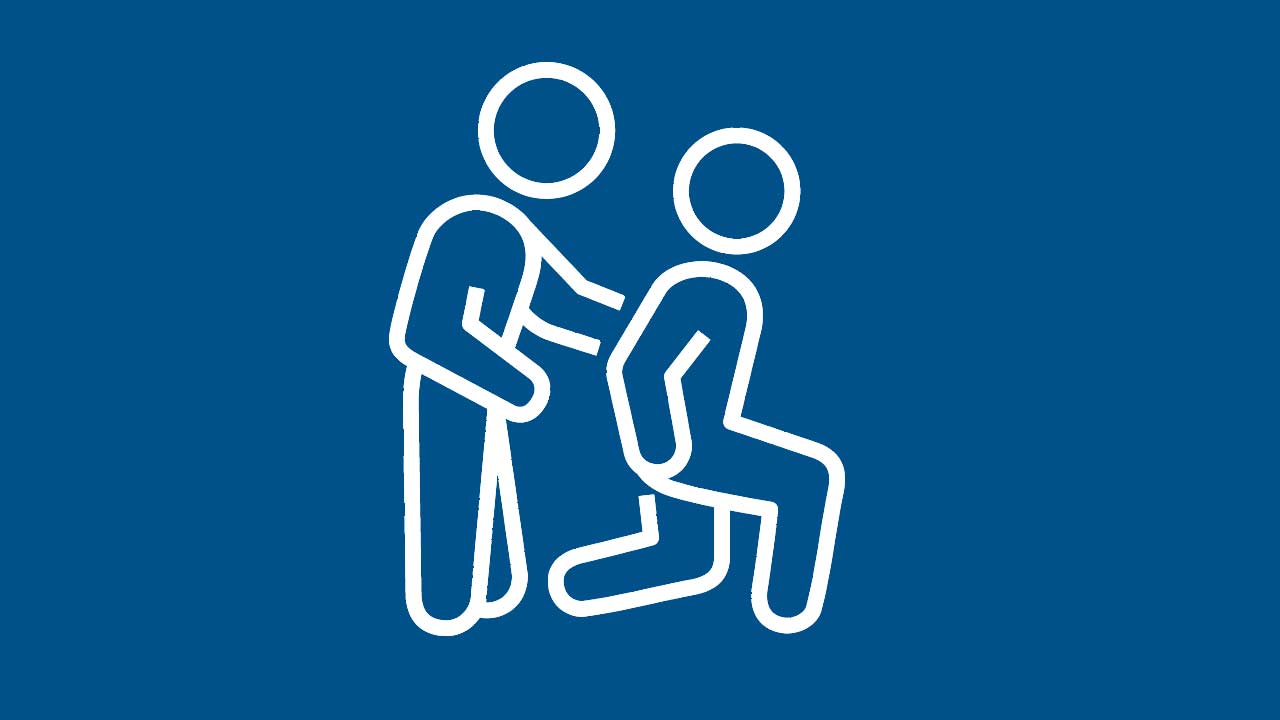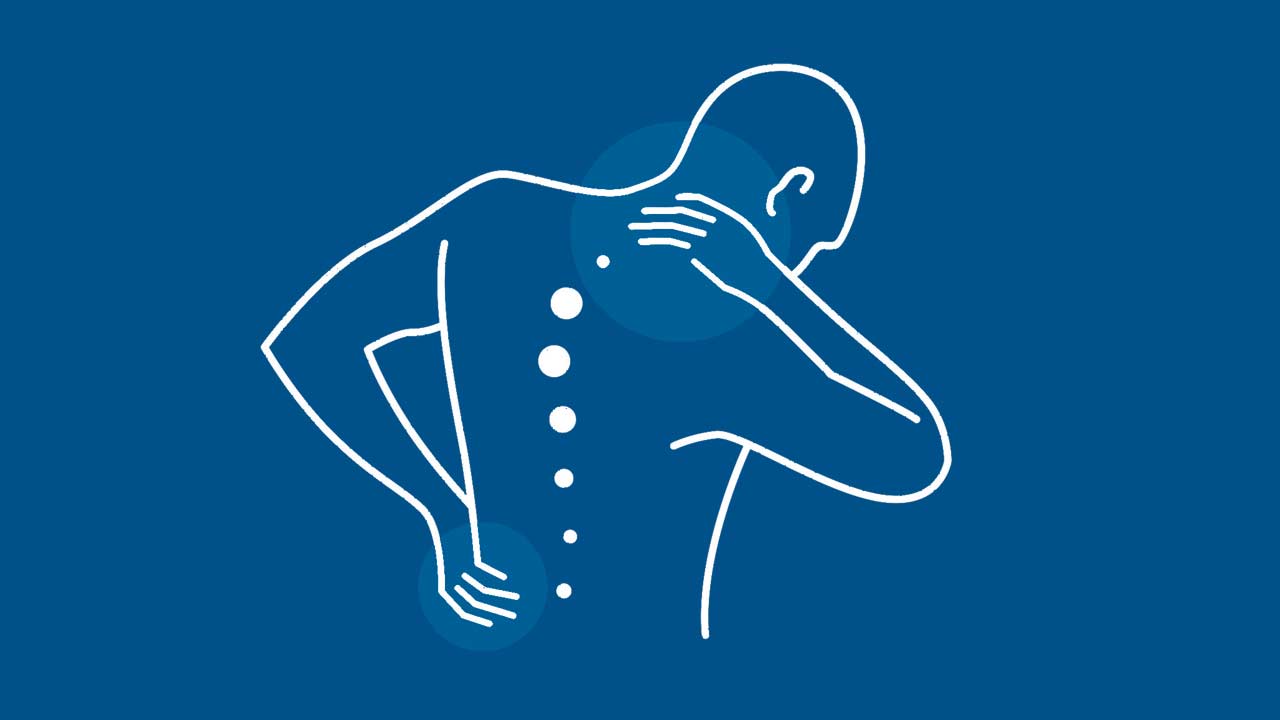Shoulder Injury
Share This Page
Shoulder Injury: Causes, Symptoms, and Effective Treatment Strategies
Shoulder injuries often involve the rotator cuff, the labrum, or the surrounding ligaments, tendons, and muscles. Given the shoulder’s extensive range of motion, it is inherently susceptible to instability, making it one of the most commonly injured joints in athletes and non-athletes alike.
Understanding the Shoulder Joint
The shoulder is a ball-and-socket joint formed by three main bones:
- Humerus (upper arm bone)
- Scapula (shoulder blade)
- Clavicle (collarbone)
Supporting structures include the rotator cuff (a group of four muscles/tendons stabilizing the humeral head), the labrum (cartilage rim around the socket), and various ligaments.
Common Shoulder Injuries
- Rotator Cuff Tears
- Can be partial or full-thickness, often caused by repetitive overhead motions or acute trauma.
- Can be partial or full-thickness, often caused by repetitive overhead motions or acute trauma.
- Shoulder Impingement
- Occurs when tendons of the rotator cuff are compressed during overhead arm movement.
- Occurs when tendons of the rotator cuff are compressed during overhead arm movement.
- Dislocation/Subluxation
- The humeral head partially or fully slips out of the socket.
- The humeral head partially or fully slips out of the socket.
- Labral Tears (SLAP Lesions, Bankart Lesions)
- Damage to the cartilage around the socket can result from repetitive stress or sudden impact.
- Damage to the cartilage around the socket can result from repetitive stress or sudden impact.
- Adhesive Capsulitis (Frozen Shoulder)
- Characterized by pain and stiffness due to inflammation and thickening of the shoulder capsule.
- Characterized by pain and stiffness due to inflammation and thickening of the shoulder capsule.
Risk Factors
- Overhead Activities: Swimming, baseball pitching, tennis, or occupations requiring repeated overhead motion.
- Age-Related Degeneration: Wear on tendons or cartilage increases with age.
- Trauma: Falls, direct impact, or accidents that abruptly twist or strain the shoulder.
- Poor Posture or Muscle Imbalances: Weakness around the scapula and rotator cuff may predispose to injury.
Common Symptoms
- Pain or Aching: Localized to the front, side, or top of the shoulder, often worsened by specific movements.
- Weakness or Limited Range of Motion: Difficulty lifting objects or performing daily tasks.
- Catching or Locking Sensations: Suggestive of labral involvement or bony irregularities.
- Instability: Feeling that the shoulder might slip or give out.
Diagnosing Shoulder Injuries
- Physical Examination
- Special tests like the Neer or Hawkins-Kennedy sign for impingement, or the apprehension test for instability.
- Special tests like the Neer or Hawkins-Kennedy sign for impingement, or the apprehension test for instability.
- Imaging Studies
- X-rays: Identify bony changes, arthritis, or fractures.
- MRI: Detailed view of soft tissues, including rotator cuff tendons and the labrum.
- X-rays: Identify bony changes, arthritis, or fractures.
- Diagnostic Ultrasound
- Sometimes used for dynamic assessment of rotator cuff tears or inflammation.
- Sometimes used for dynamic assessment of rotator cuff tears or inflammation.
Treatment Options
- Conservative Management
- RICE (Rest, Ice, Compression, Elevation), anti-inflammatory medications, and modifications to daily activities.
- RICE (Rest, Ice, Compression, Elevation), anti-inflammatory medications, and modifications to daily activities.
- Physical Therapy
- Strengthening exercises for the rotator cuff and scapular stabilizers, enhancing flexibility and proper mechanics.
- Strengthening exercises for the rotator cuff and scapular stabilizers, enhancing flexibility and proper mechanics.
- Injections
- Corticosteroid injections reduce inflammation; platelet-rich plasma (PRP) is an emerging option for tendon healing.
- Corticosteroid injections reduce inflammation; platelet-rich plasma (PRP) is an emerging option for tendon healing.
- Surgical Interventions
- Arthroscopic Repair: For rotator cuff tears or labral lesions.
- Shoulder Stabilization: Reattaches and tightens loose ligaments in cases of recurrent dislocations.
- Shoulder Replacement: For advanced degenerative conditions or massive irreparable cuff tears.
- Arthroscopic Repair: For rotator cuff tears or labral lesions.
Recovery and Prevention
- Gradual Rehabilitation: Adhering to a structured physiotherapy program fosters safe healing and optimal function.
- Sports-Specific Training: Athletes benefit from coaching on form, strengthening regimens, and reconditioning protocols.
- Ergonomic Adjustments: Proper posture, safe lifting techniques, and desk setups can mitigate shoulder stress.
Our Multi-Disciplinary Approach in NYC
At our multi-location, multi-disciplinary medical practice in the New York City metro area, orthopedic surgeons, sports medicine physicians, physical therapists, and rehabilitation specialists work together to diagnose and treat shoulder injuries. Our goal is to expedite recovery, reduce re-injury risk, and help patients return to work, sports, or everyday life with confidence.
Additional Resources
Conclusion
Shoulder injuries can significantly limit mobility and function. However, prompt diagnosis, targeted therapies—ranging from physical therapy to minimally invasive surgery—and diligent follow-through can restore strength and allow you to resume daily activities pain-free. Our experienced team is here to tailor a treatment plan that suits your unique needs and lifestyle.
Disclaimer: This article is for informational purposes only and should not be used to replace professional medical advice. Always consult a healthcare professional for an accurate diagnosis and personalized treatment plan.
